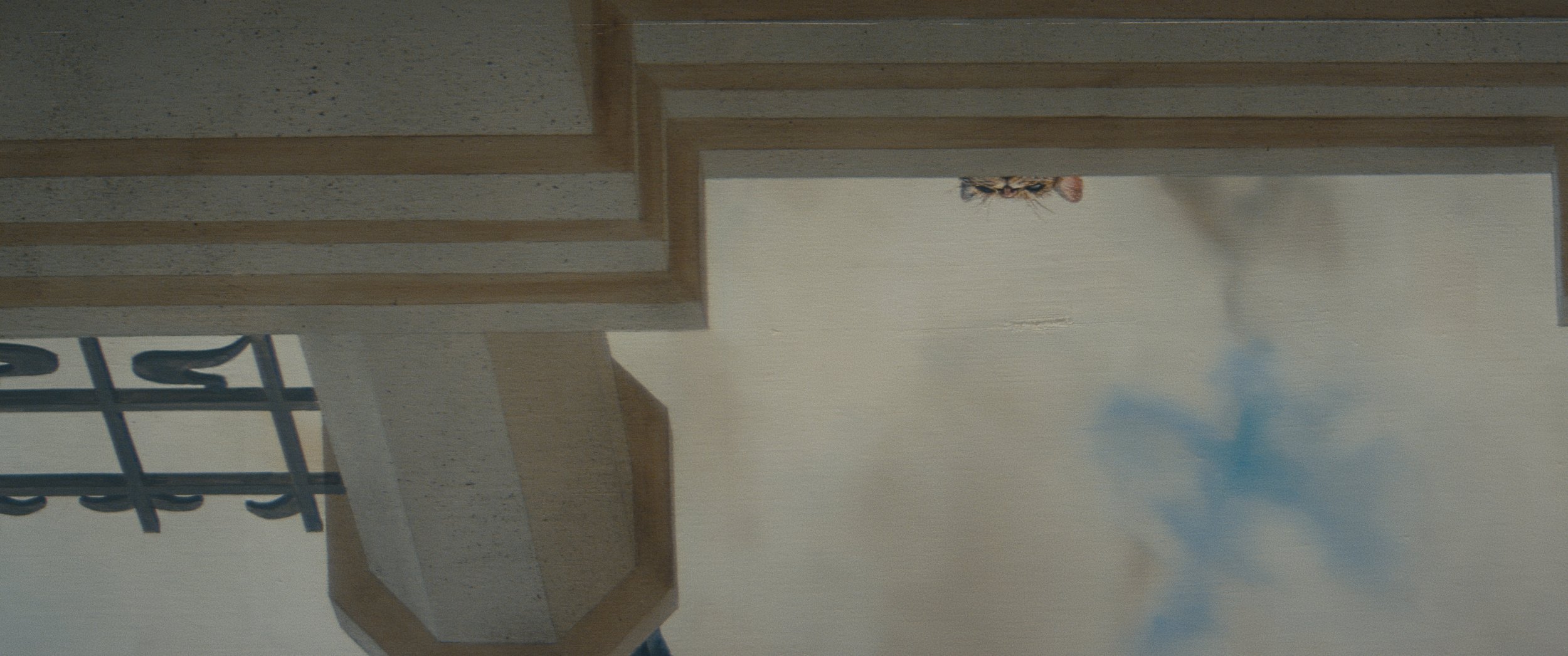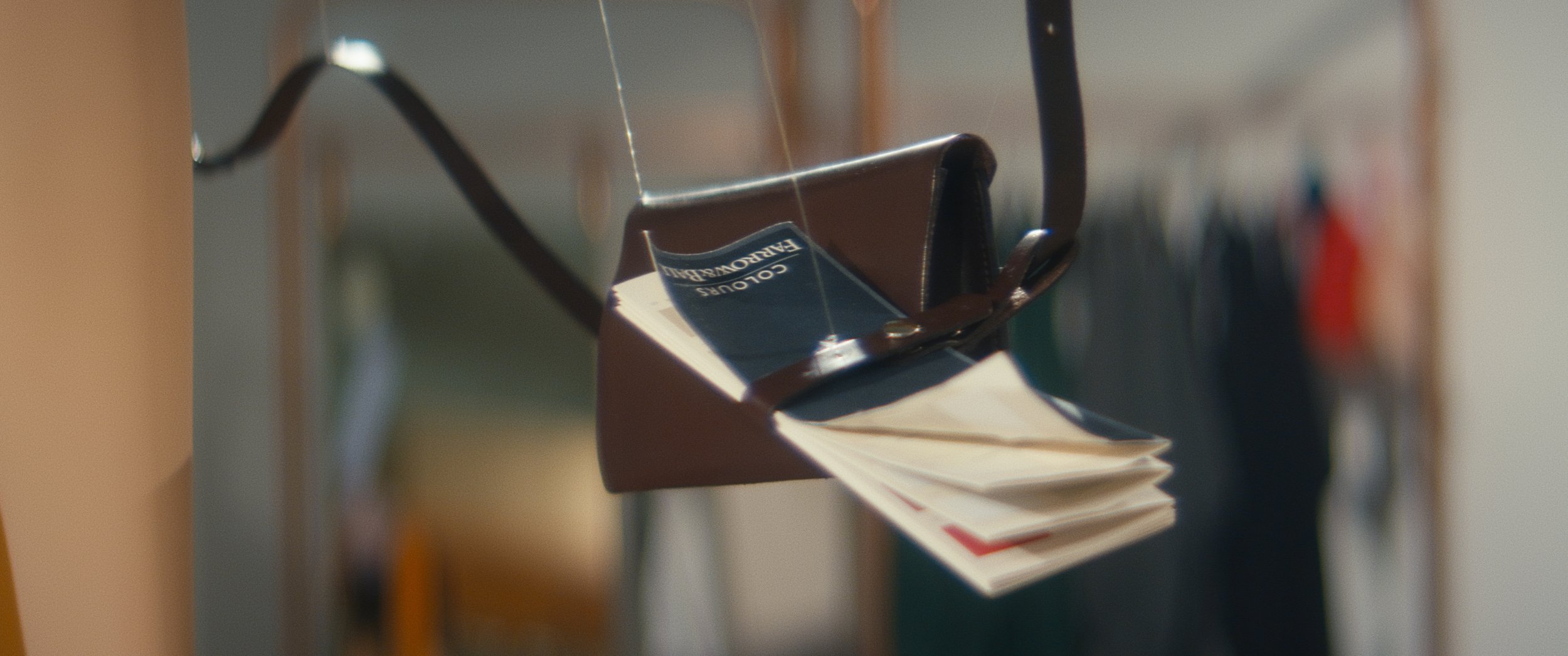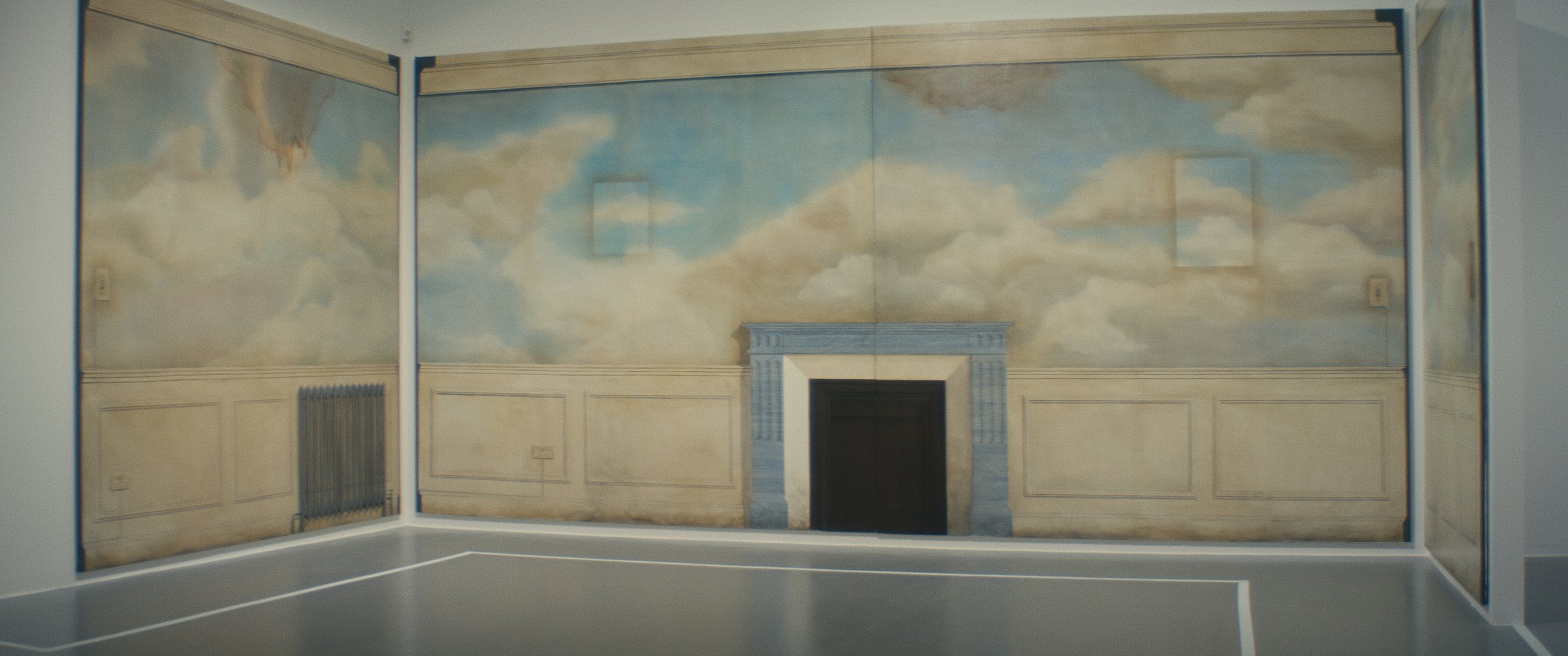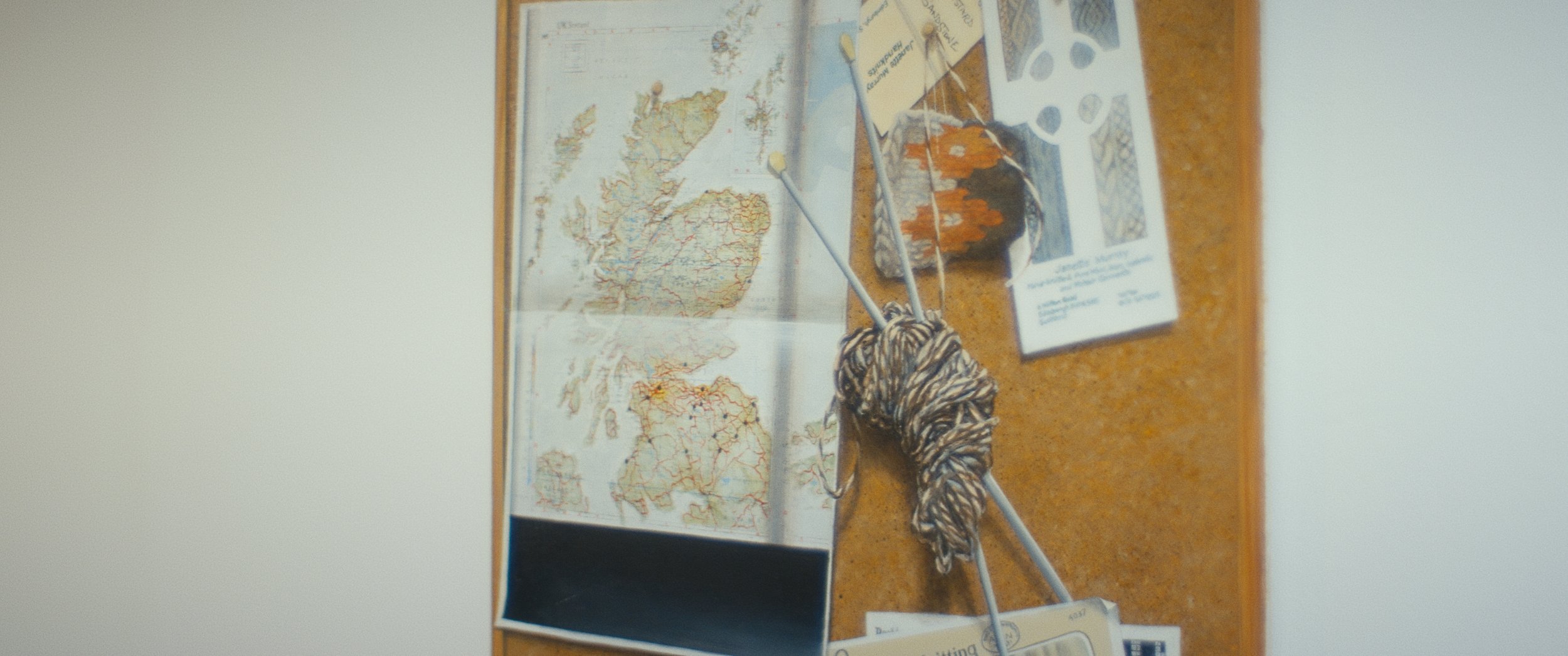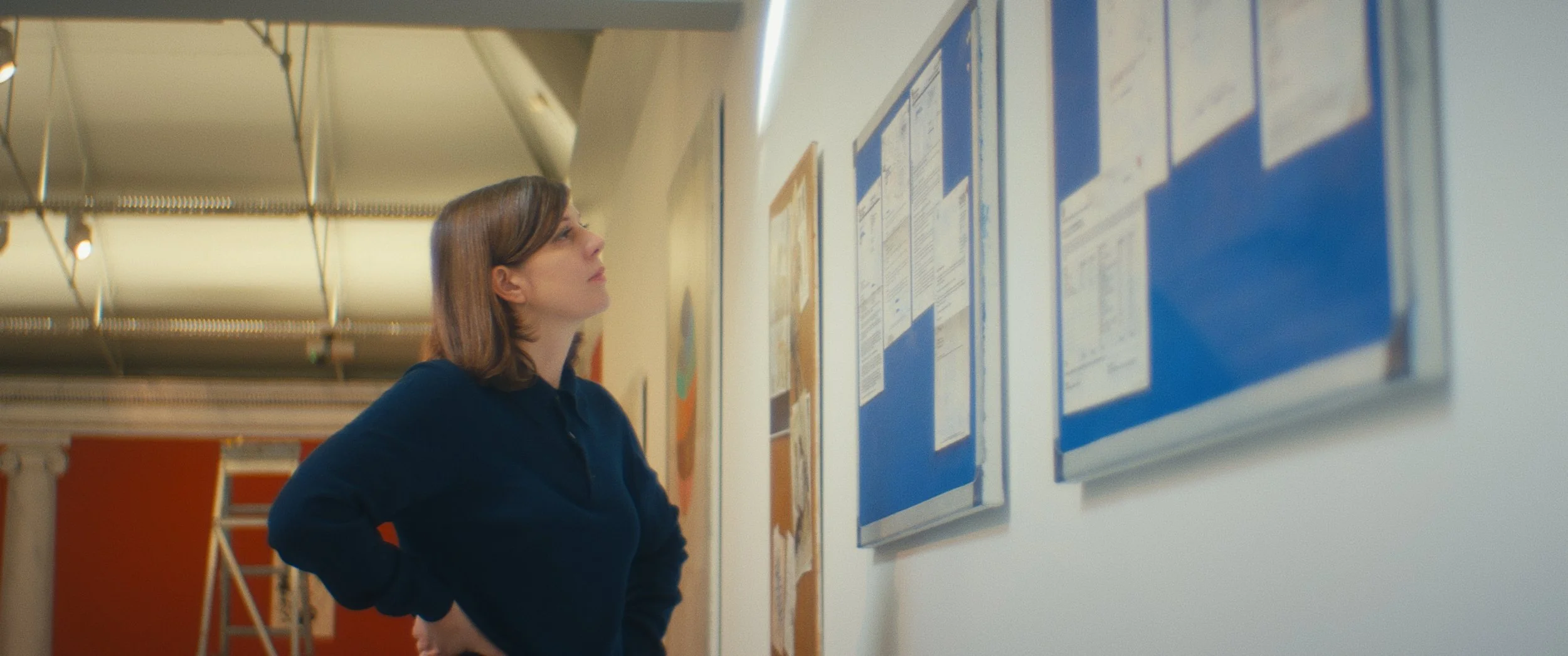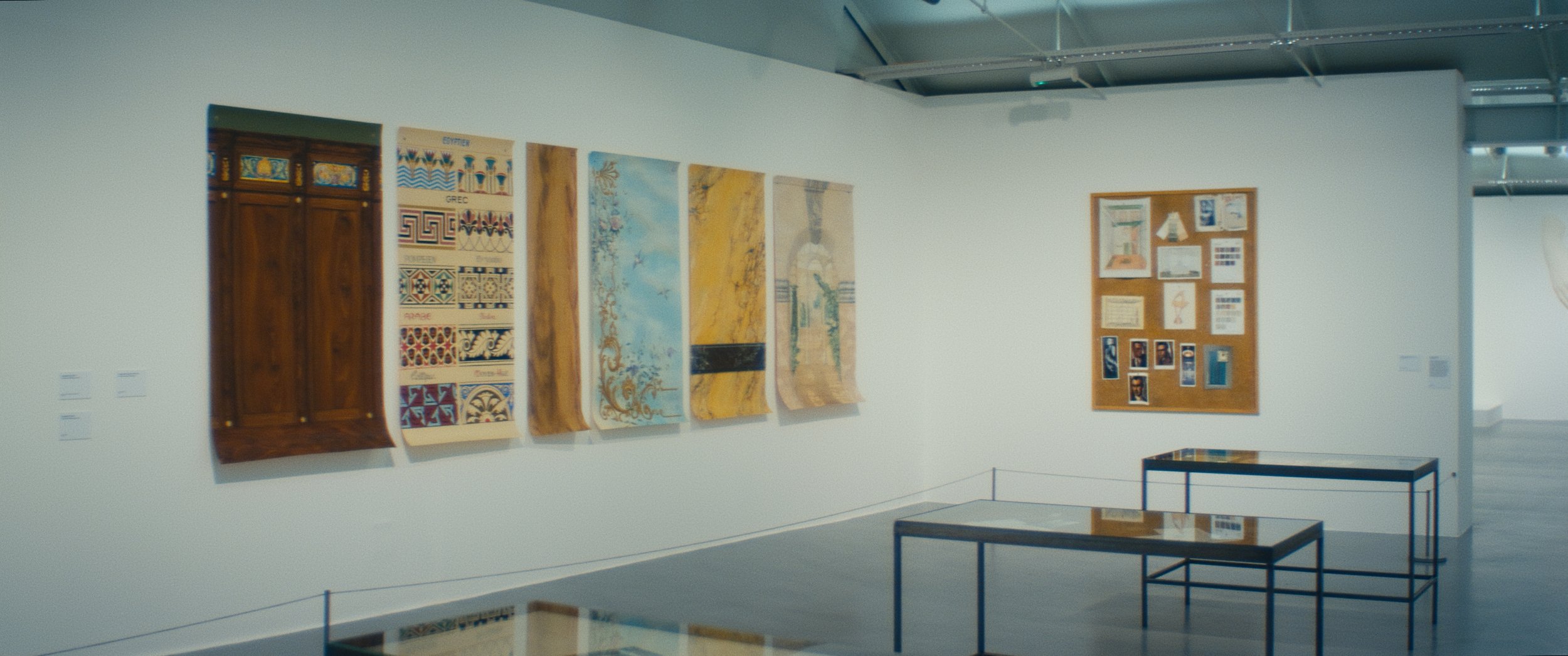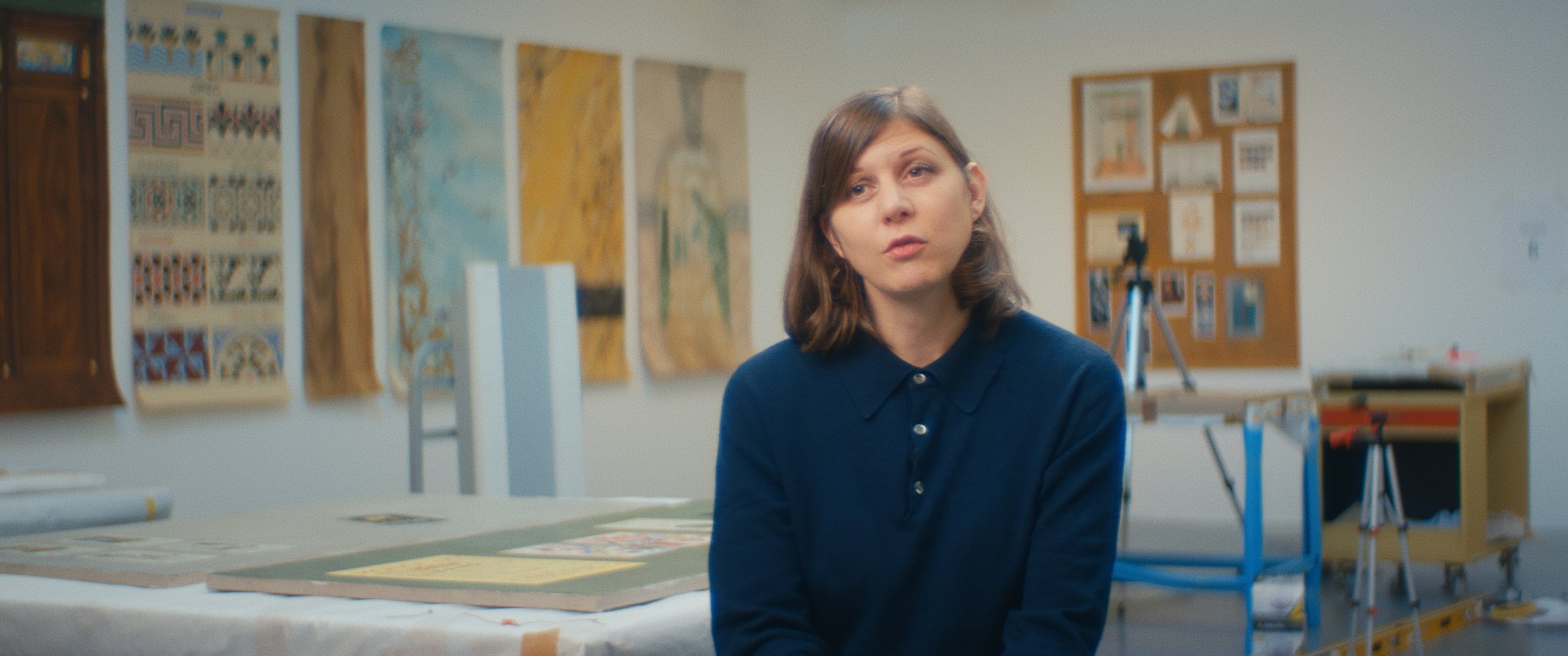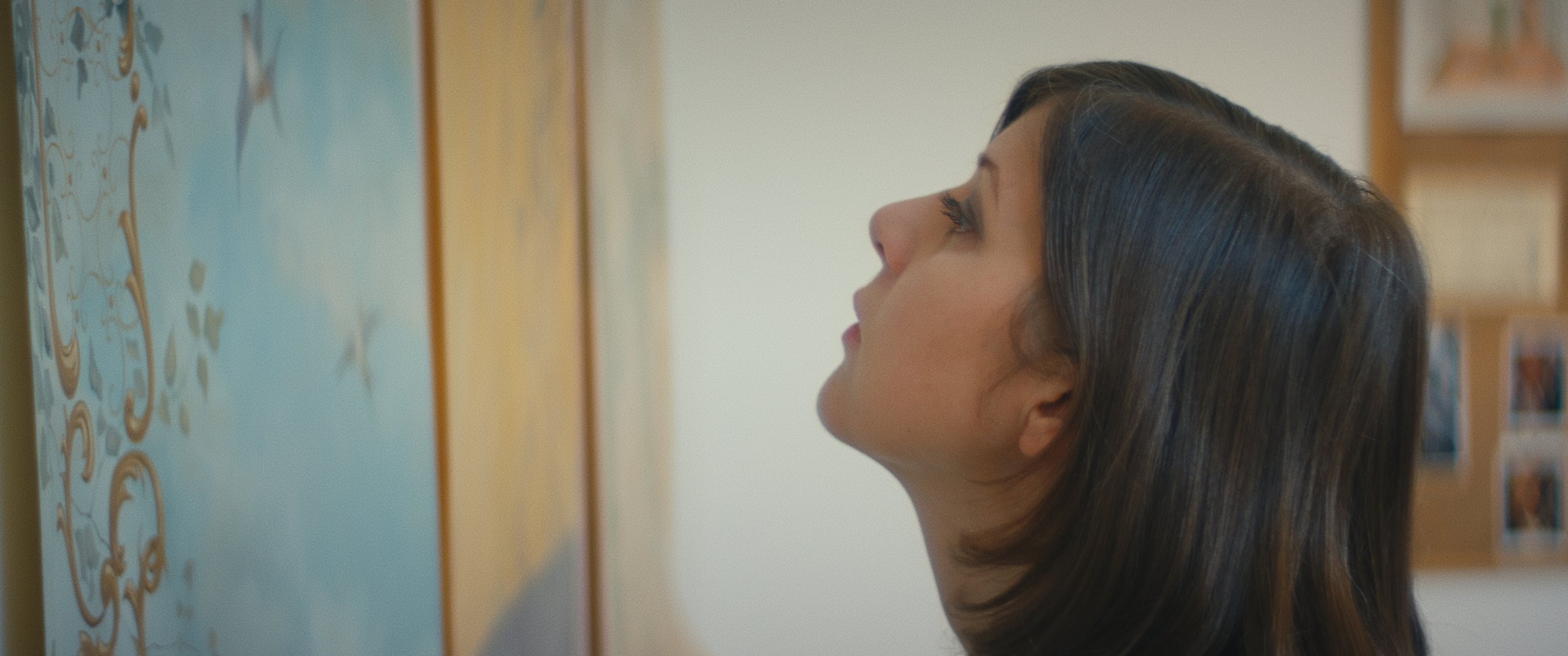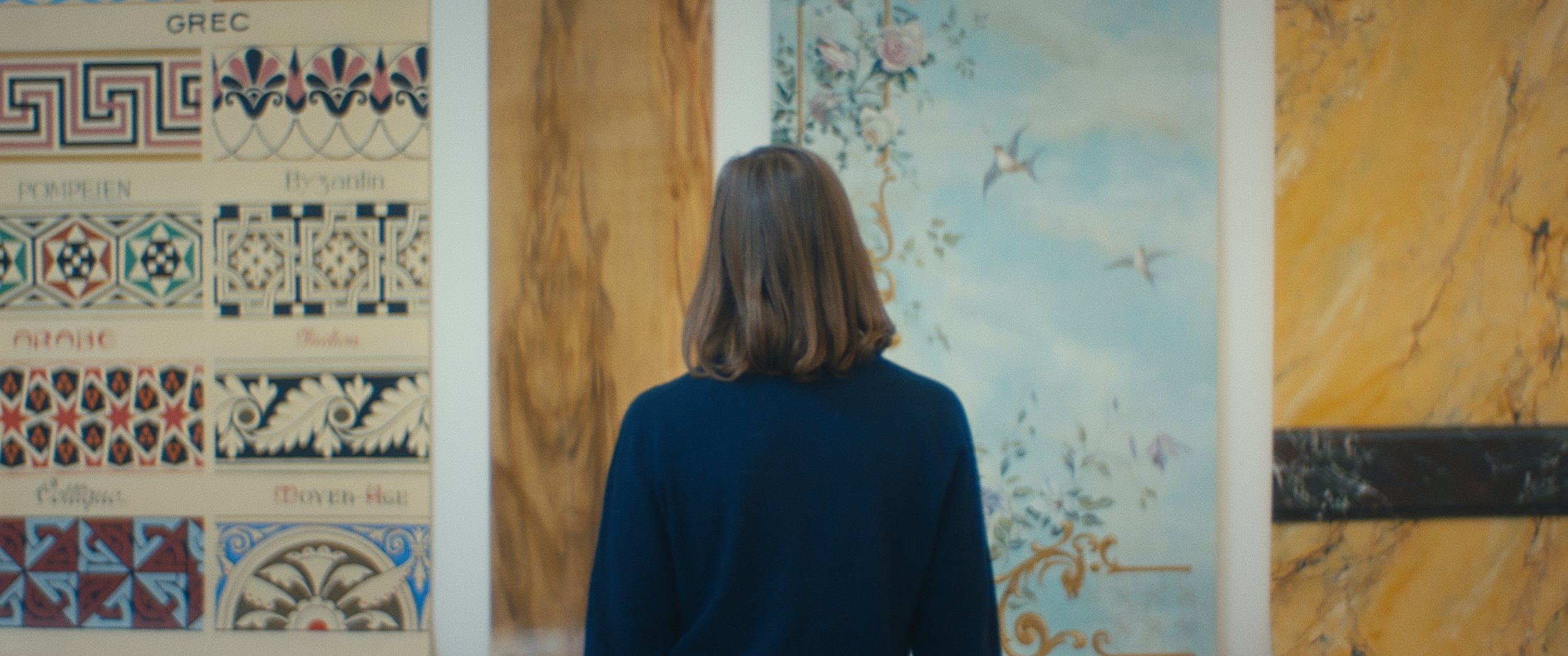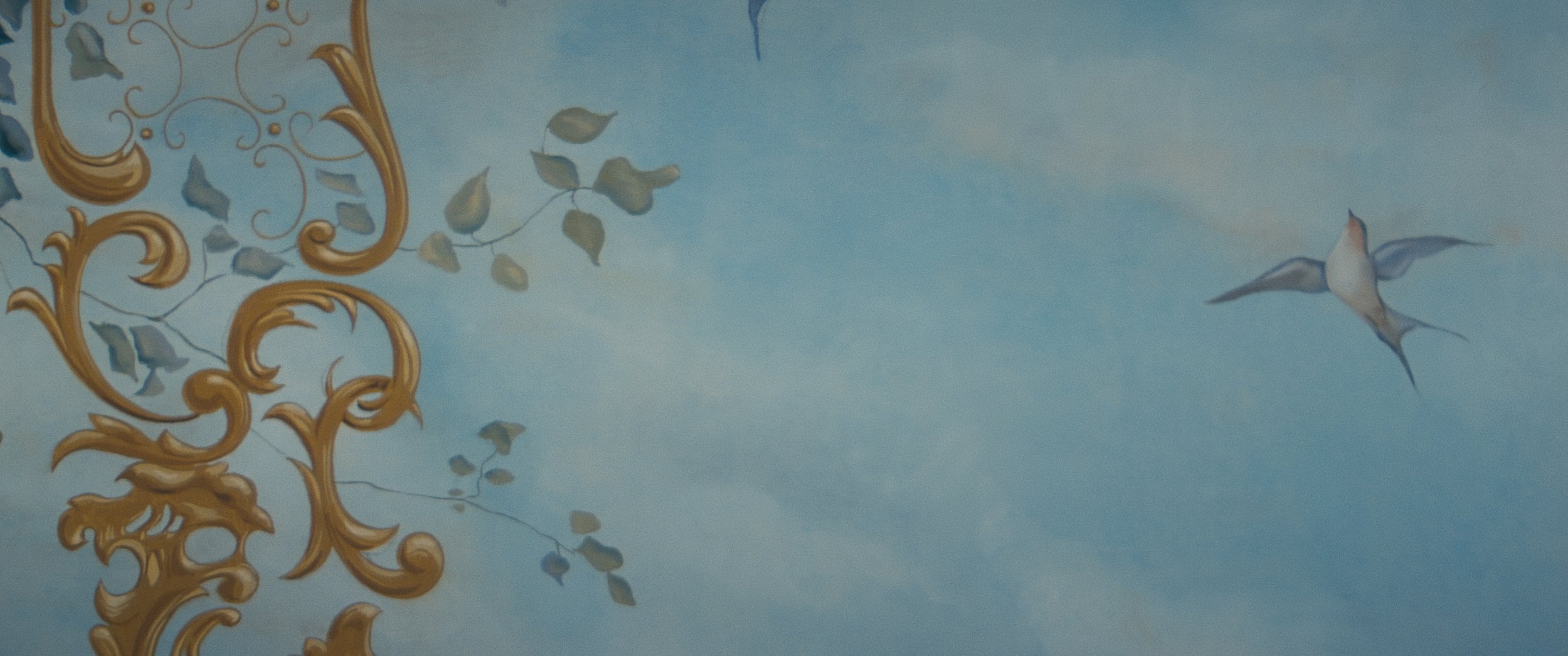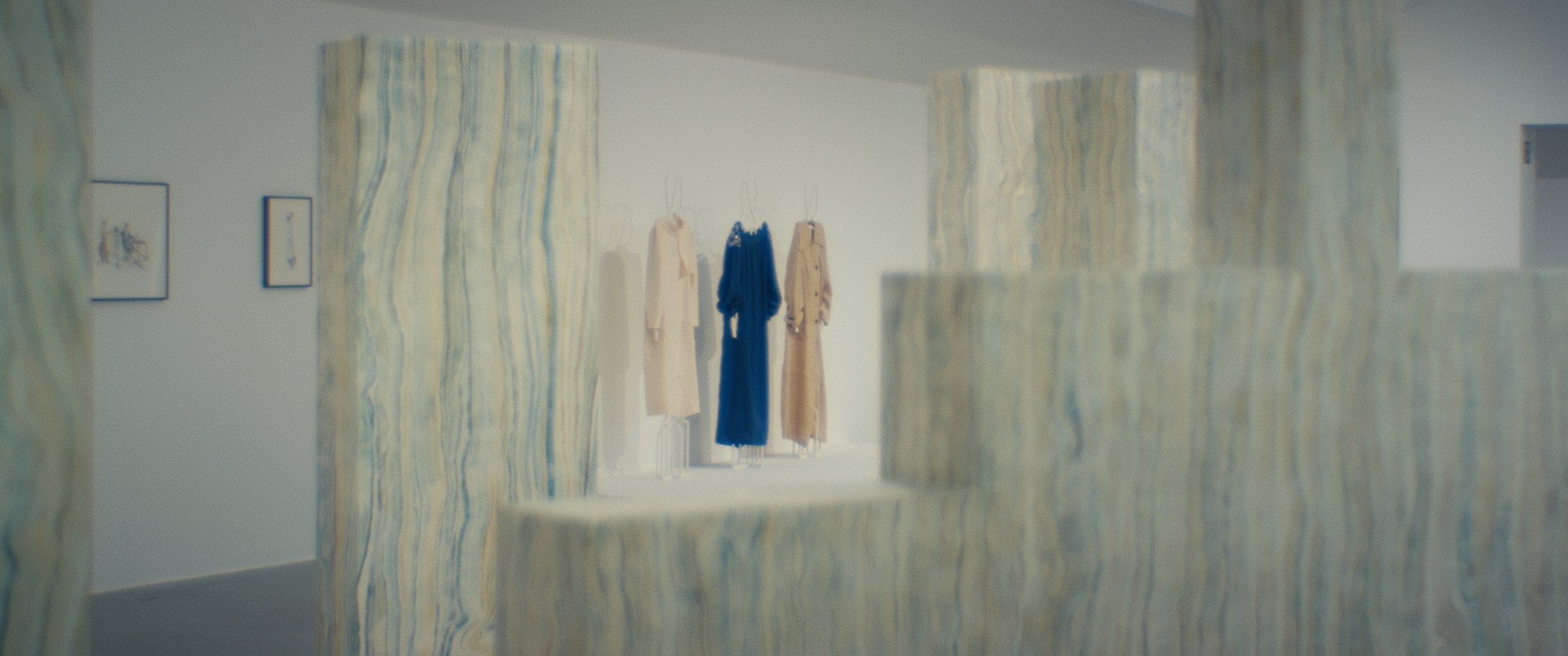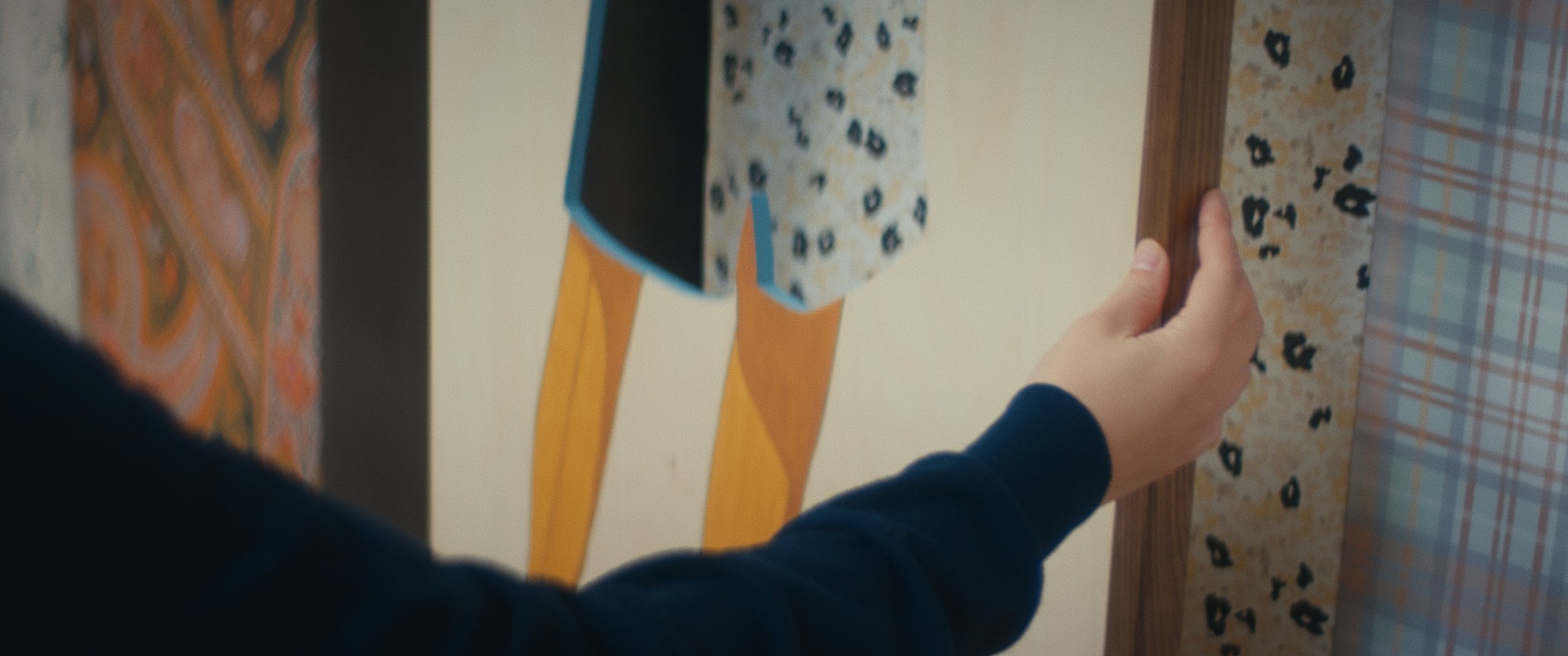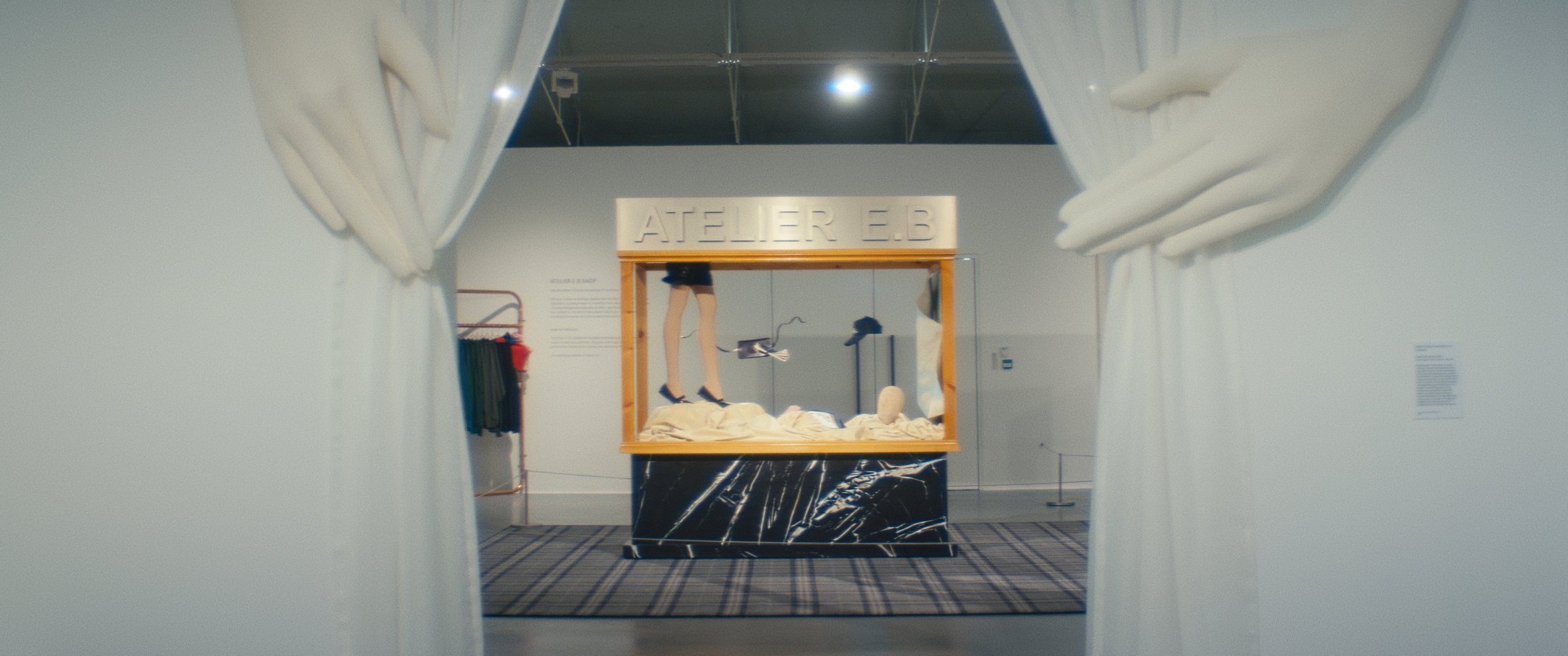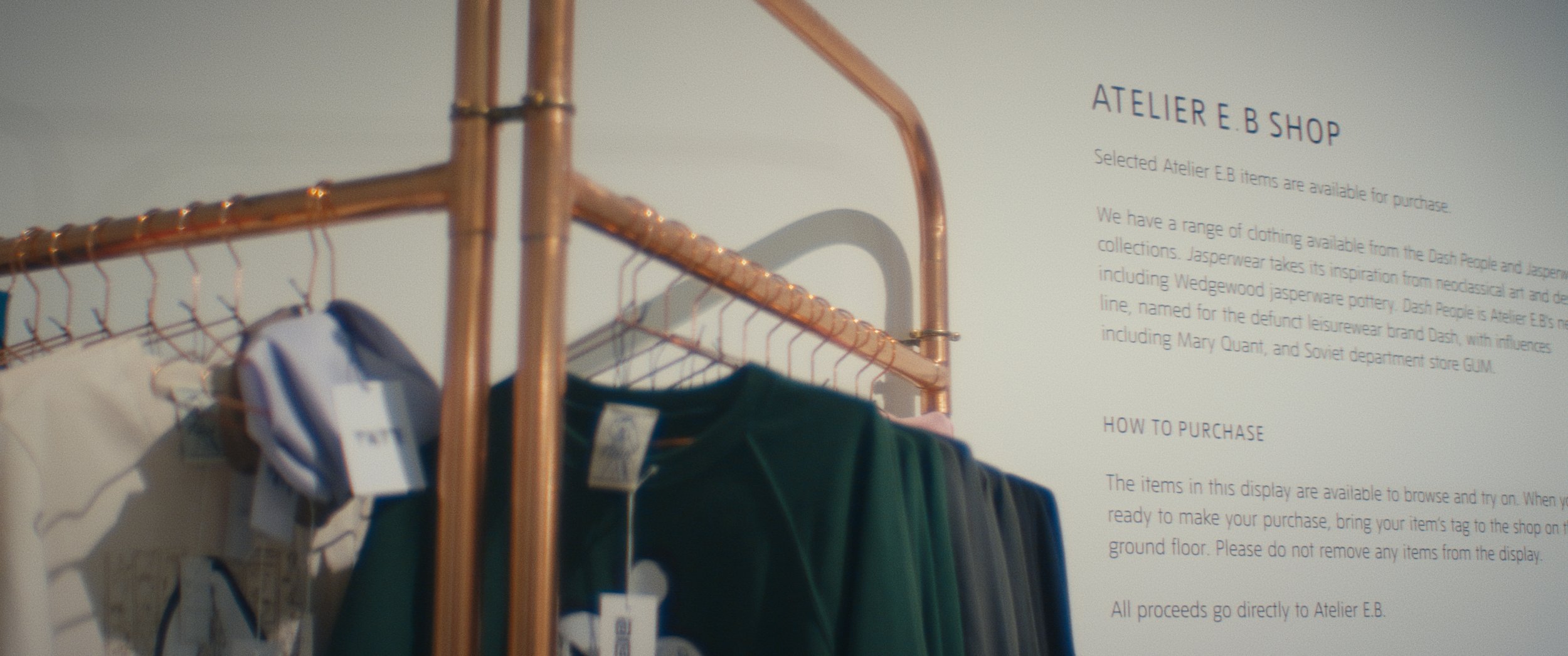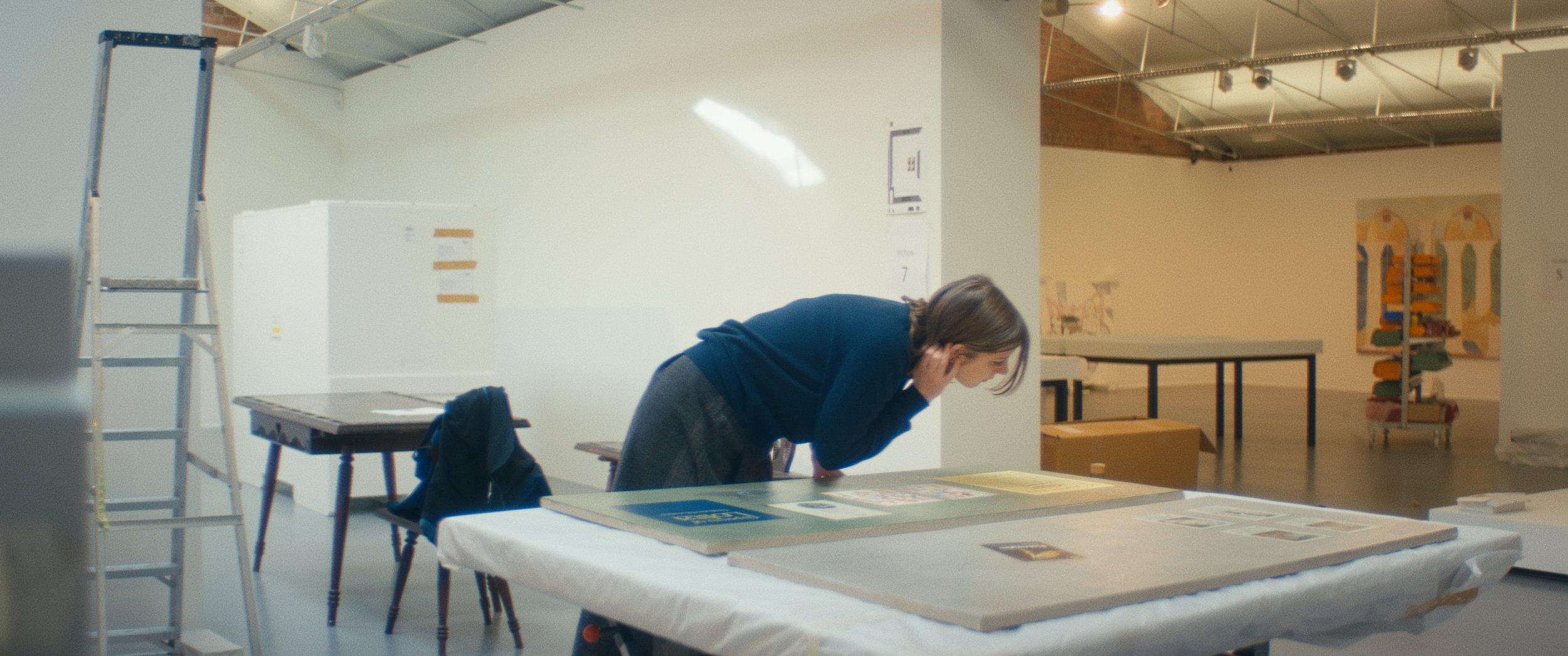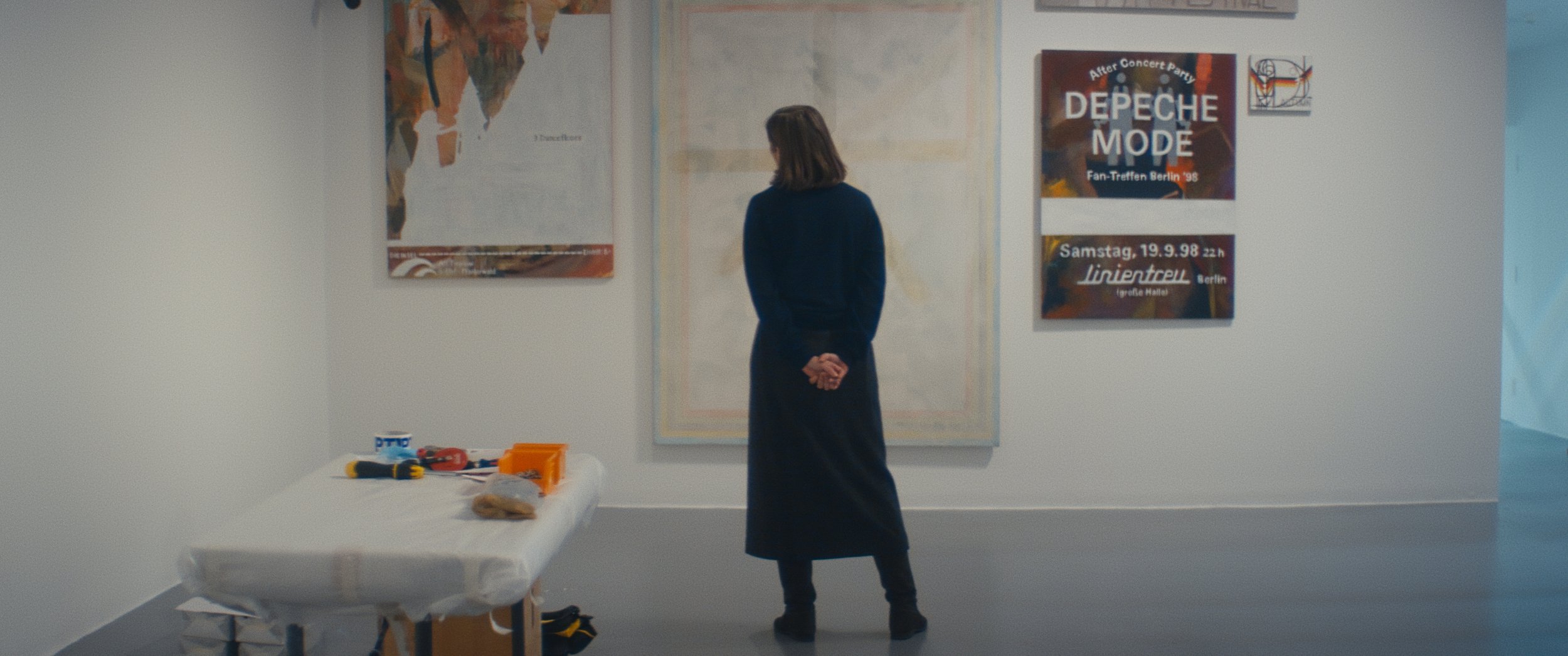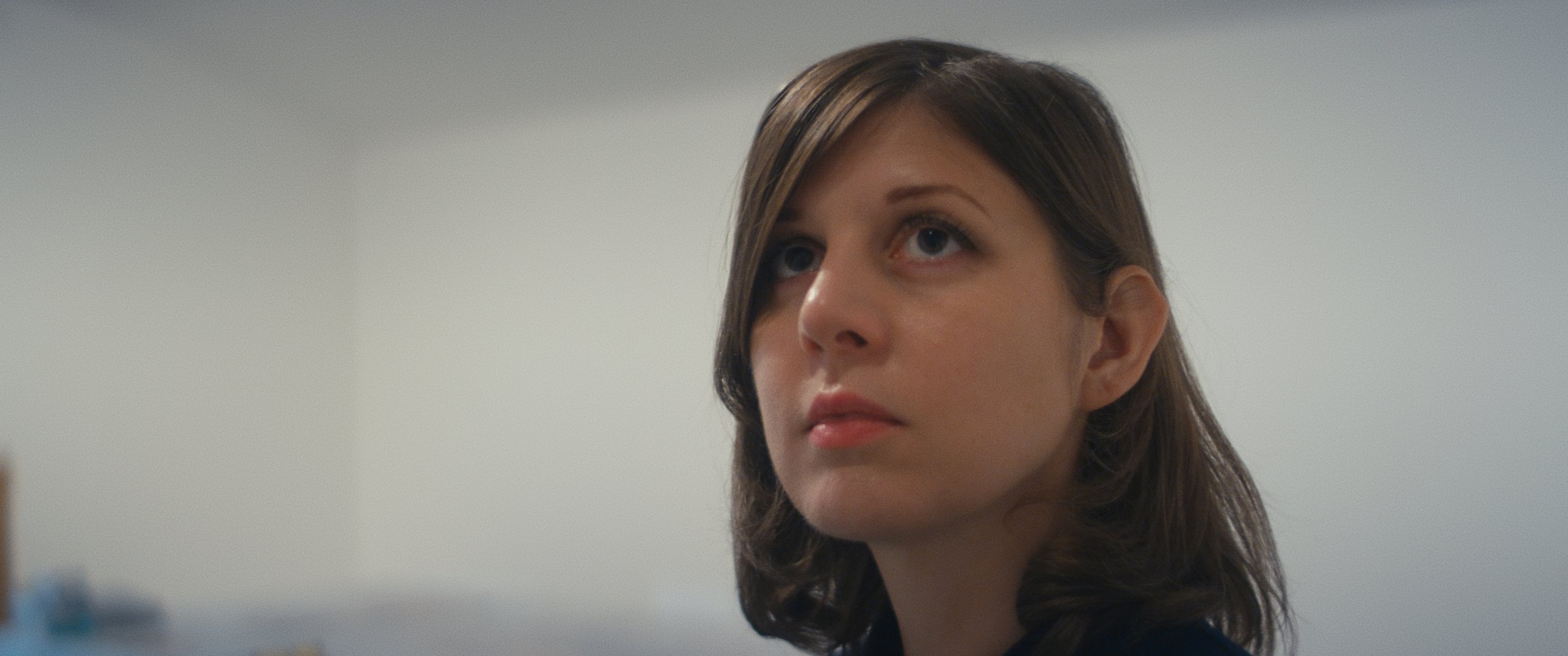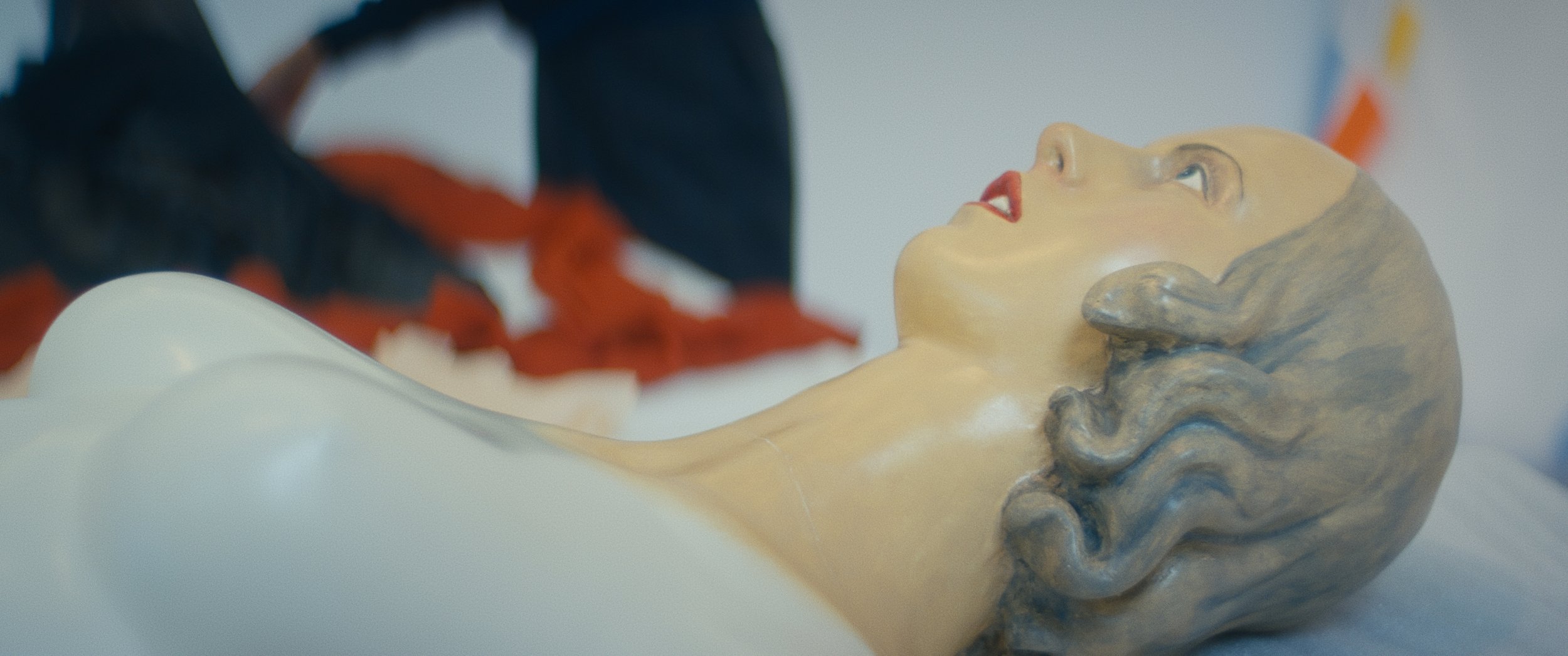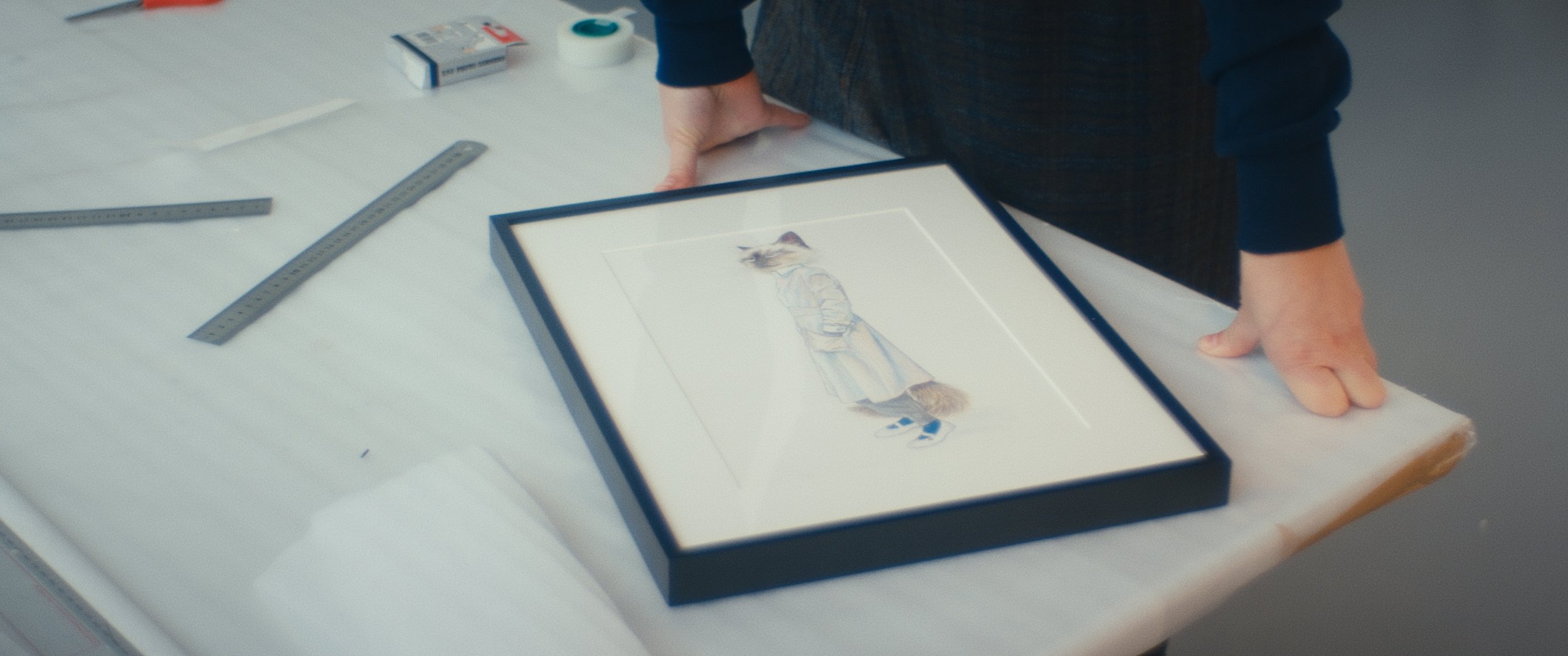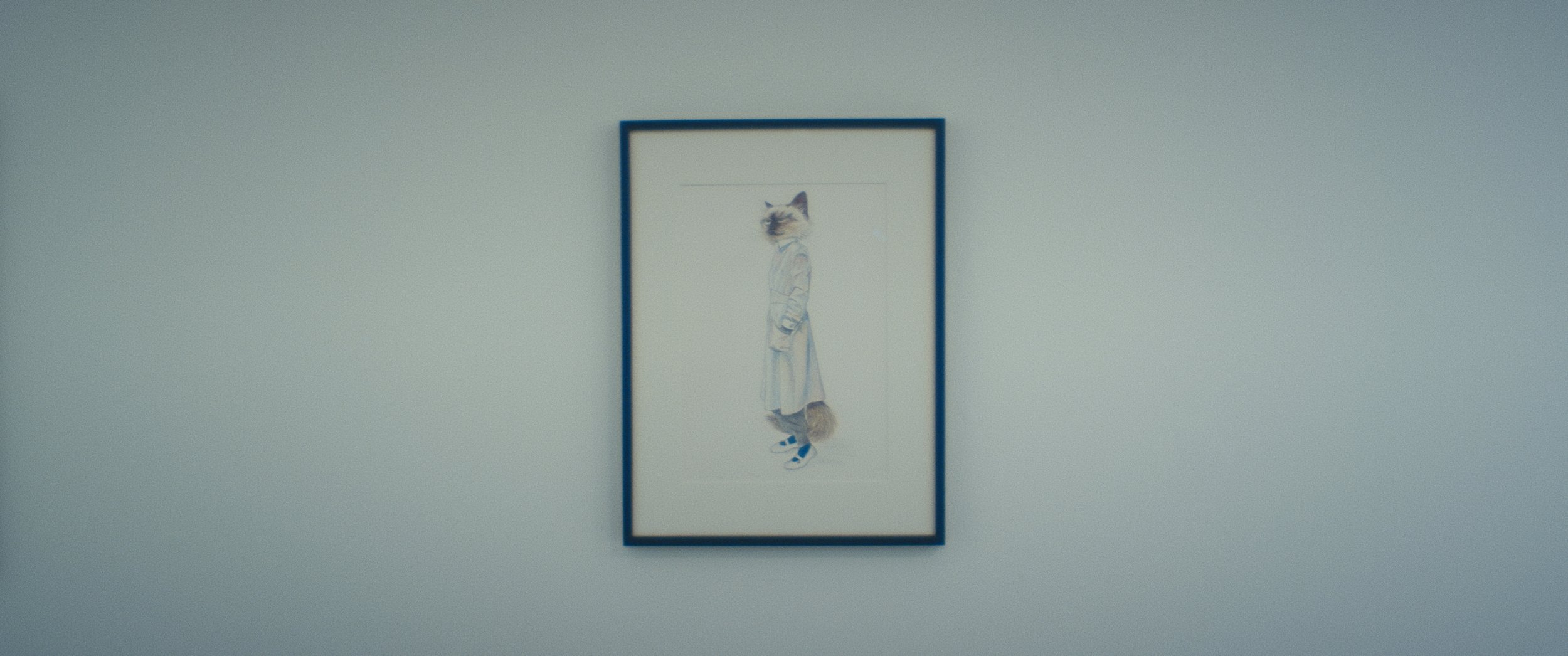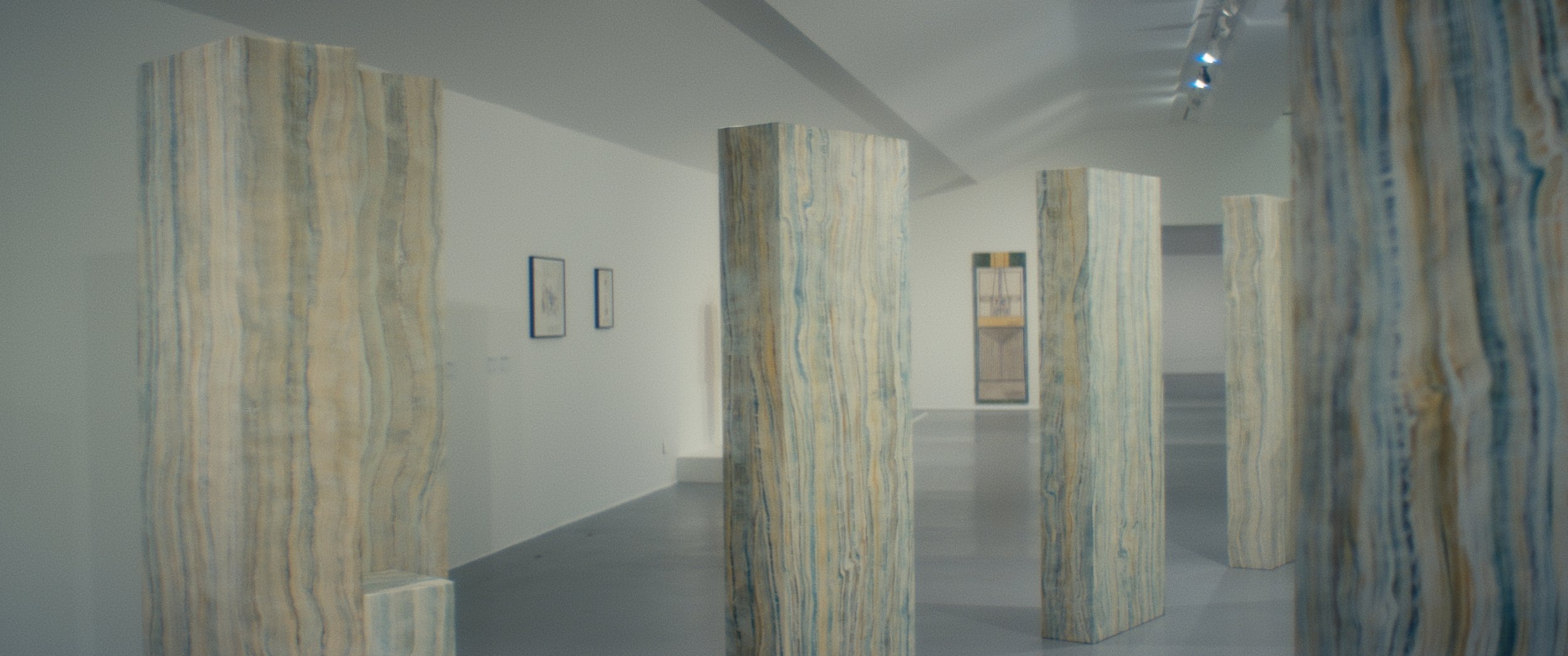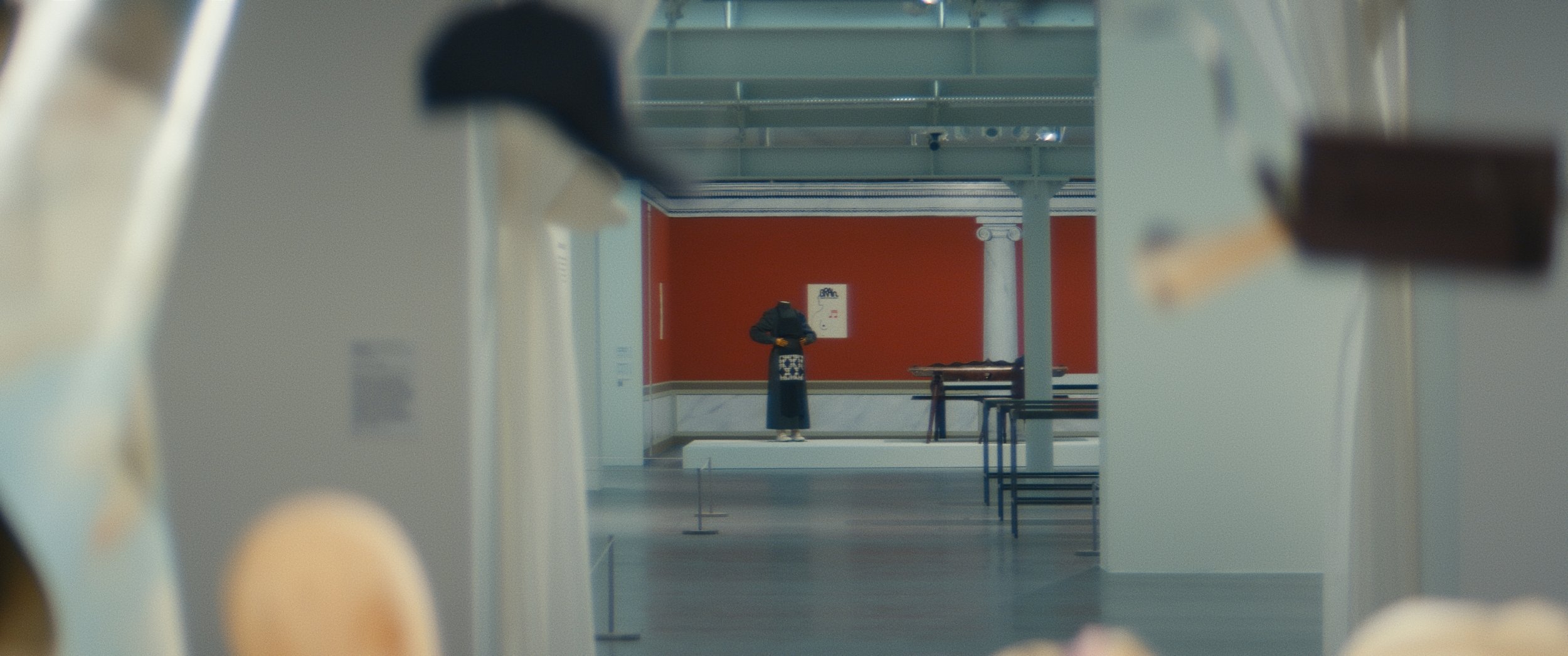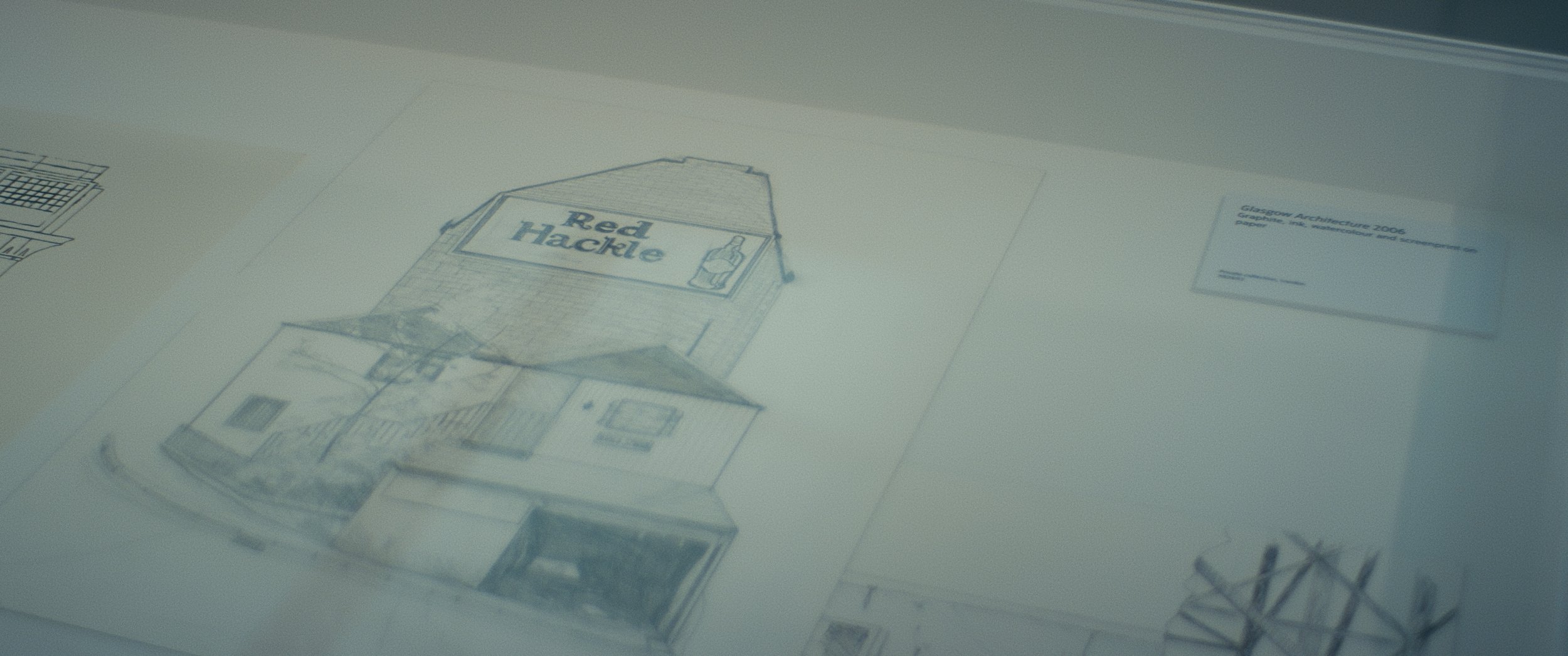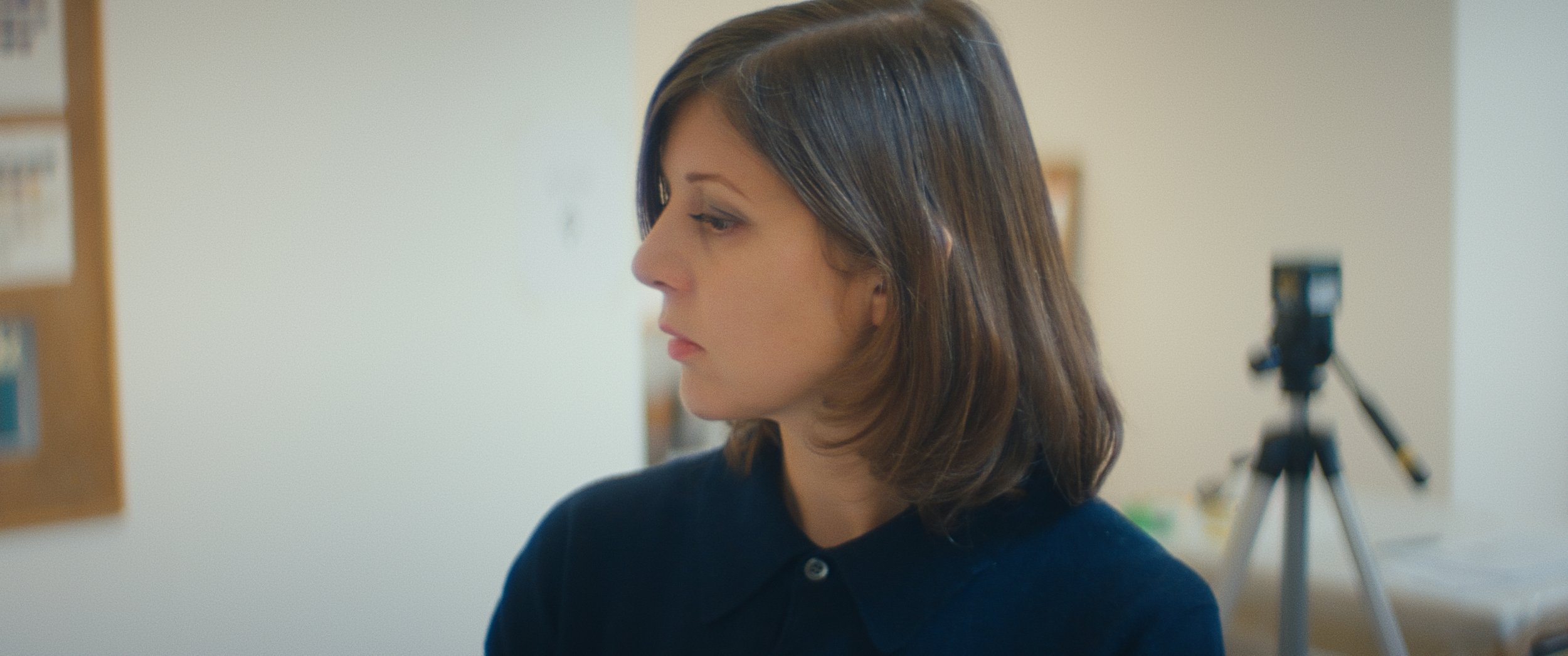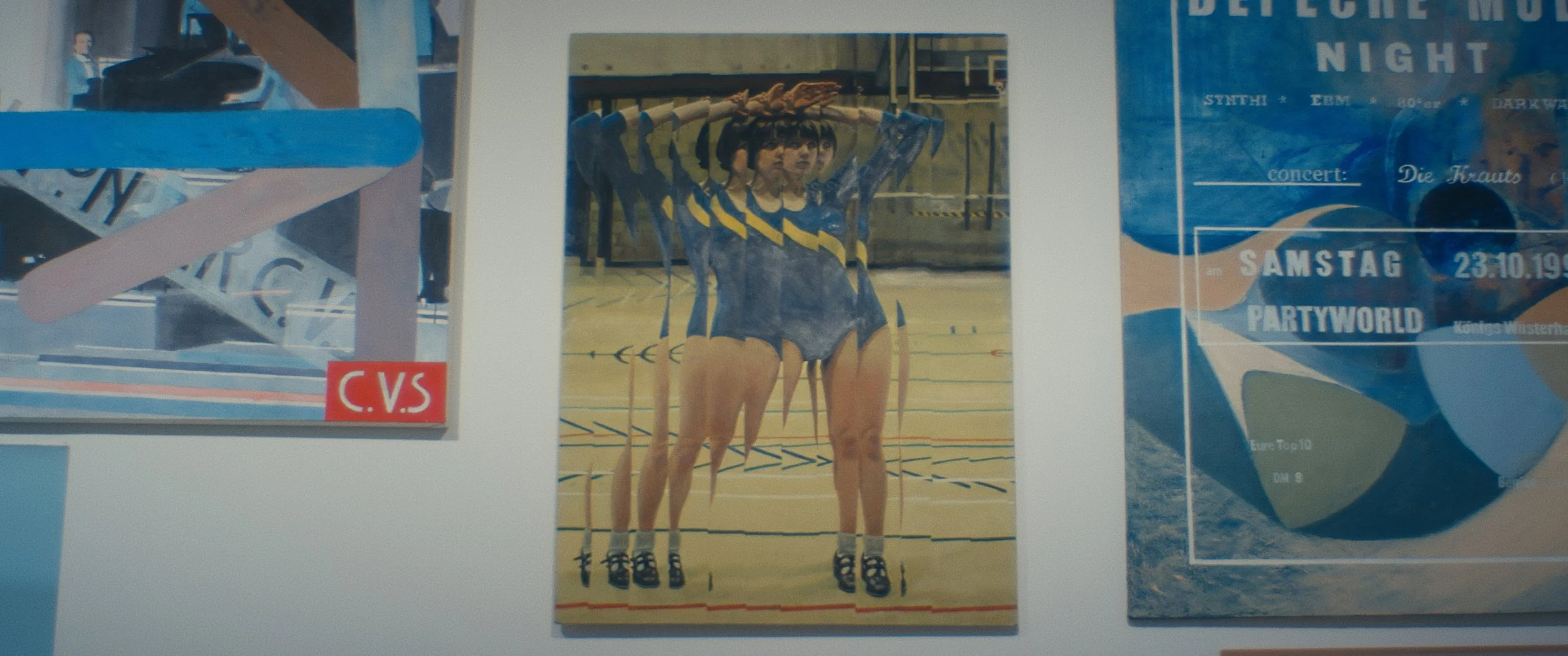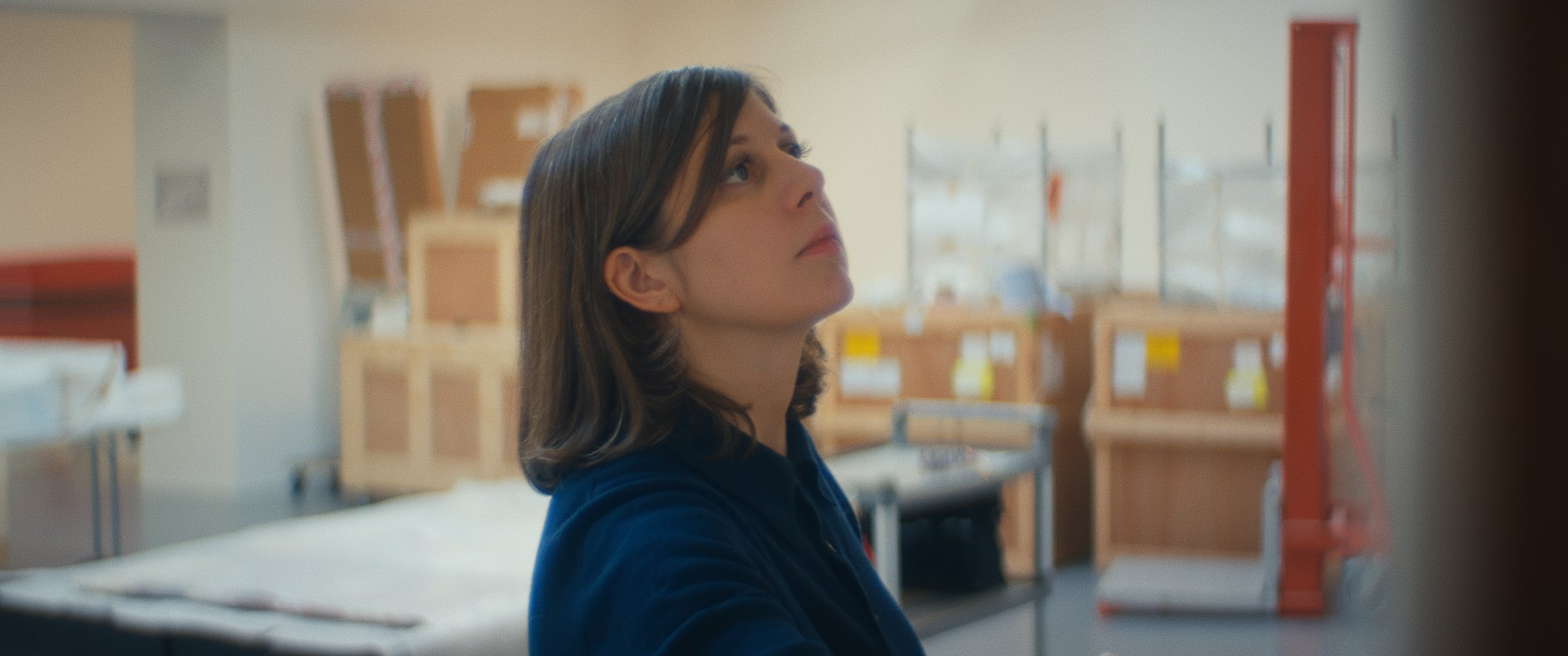
Lucy McKenzie
A Tate Liverpool Documentary
The exhibition features over 80 works spanning from 1997 to the present, showcasing themes central to Lucy's career. These include the iconography of international sport, the representation of women, gender politics, music subcultures, and post-war muralism.
Lucy McKenzie
Project: Short form documentary
Role: DP
Producer/Director: Matt Page
Commissioned by: Tate Liverpool
Format: Public screenings and online
Camera: Scarlet-W + Atala Orion Anamorphic Lenses
Lighting: Interview - x3 Aputure 600Ds + Diffusion
This artist profile was created to accompany an exhibition by Lucy McKenzie at Tate Liverpool, showcasing over 80 works spanning from 1997 to the present. The exhibition explores themes central to Lucy’s practice, including the iconography of international sport, the representation of women, gender politics, music subcultures, and post-war muralism.
Lucy is renowned for her mastery of trompe l’oeil—a technique where paintings appear so convincingly real they “deceive the eye.” For this piece, we sought to honour that visual language by distorting reality and blurring the line between art and perception. To achieve this, we chose to shoot on anamorphic lenses, using their wide-open distortion to subtly fracture the image and lend a vintage, cinematic quality to the visuals.
The Cinema Scope aspect ratio gave us a broader canvas, allowing us to capture the scale of the exhibition in sweeping, single frames. These wide shots often featured a subtle push-in, moving gently through space to immerse the viewer and guide them through the work.
Behind the Scenes
We had rare access to the gallery during its preparation phase, which proved ideal for Lucy’s interview. She was filmed seated amongst her work and the creative disorder of the install process, offering an authentic and textured backdrop. The interview setup was minimal but effective—keyed softly with two lamps to create flattering, natural fall-off.
Director Matt Page conducted the interview in stages: first on a medium focal length, then switching to an 85mm telephoto lens for tighter, more intimate coverage. This approach gave him flexibility in the edit and allowed the emotion and texture of the conversation to come through visually.
The wider gallery footage was captured under available light, embracing the moody ambience of the space. We enhanced this by opening skylights and repositioning existing practicals to shape the light subtly, without over-lighting or compromising the gallery’s character.
Lucy’s walkthrough of the space was shot handheld to preserve a documentary feel—capturing her presence in the moment as she navigated the unfinished exhibition. In contrast, the completed gallery scenes were filmed on tripod and slider, offering a more composed, refined look that distinguished the final exhibition from the behind-the-scenes material.
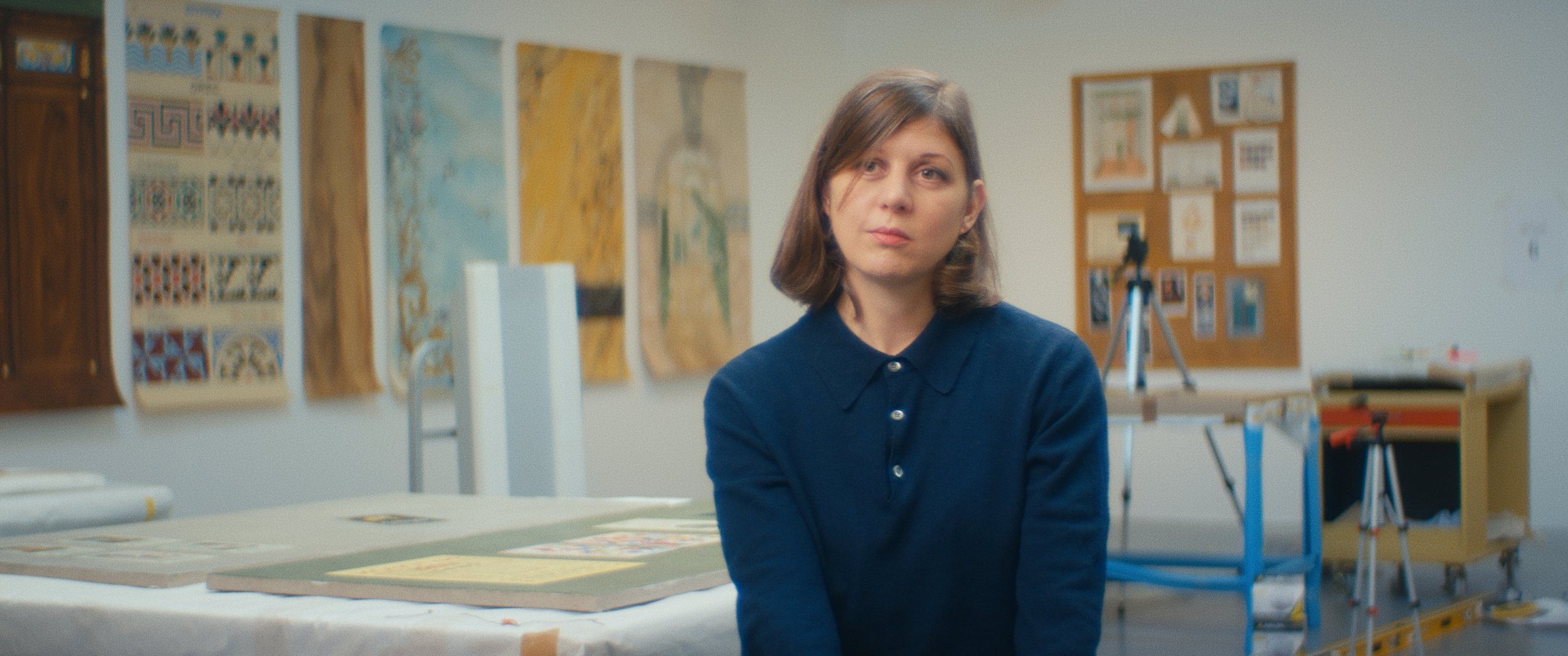
Lucy McKenzie at Tate Liverpool
